By Lindsay Zike with photos by James Zike
On Sunday, June 14, 2015 my friend Krystal Parkhurst invited a group of metalsmiths to her house for a sandcasting workshop.
We were fortunate enough to have her mother, Mildred Parkhurst – a well known Navajo silversmith – to lead the course.
She instructed us on the basics of the process and showed that we can achieve great end results without the need for expensive, fancy equipment.
She learned her method from her parents and she has been perfecting over it the last three decades. She sparks off her torch and starts the first batch of silver melting in the crucible.
Then she builds her mold.
The process was much simpler than the involved, time sensitive, time consuming process of investing a wax model for modern centrifuge-style casting. After she readies her mold, she turns back to the silver in the crucible, making sure it is ready to pour, adding more material if needed.
When the silver is completely molten, she begins the pour.
Not every piece comes out perfectly every time, even for an expert. The long bracelet form only filled halfway, so Mildred quickly melted the failed piece and packed a new mold. Because the process is so fast, within minutes she had a successful pour.
The one she's holding is fresh from the poured mold, still glowing red hot. The original model is on the table for comparison.
I decided to do a double mold with two of her patterns, a swirly thing and a goat.
Mildred helped me properly construct and position my mold while my silver melted in the crucible.
Then I filled my mold with molten silver.
For a first try, the double pour might have been too ambitious, since the silver didn't completely fill the mold, so I set it all up again.
After disassembling the mold and verifying that the pieces filled properly I set them aside to cool and let others have a go.
As the sun was setting, everyone was able to take their turns. Learning this is a real hands-on, trial-by-fire-and-error process.
There wasn't much I could do to my pieces until I got home.
The next morning I began the clean up process.
I removed the sprues and gave them a rough file.
A bit more filing, and some sanding and these babies are ready to be used.
It was a great experience! I'm really thankful to Krystal and Mildred for hosting the workshop. I'm sure I'll find ways to incorporate this technique in my future works.
Thanks for reading. I hope you found this interesting. If you have any questions, or if you liked it and want to see more, leave a comment. Don't forget to subscribe using the link below!
Last updated: June 19, 2015

